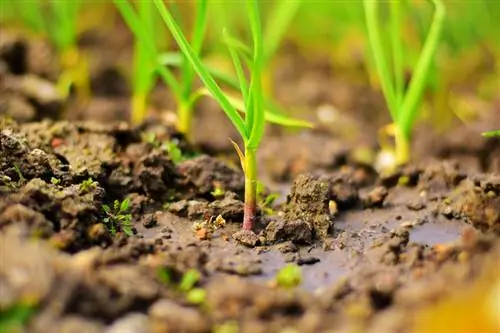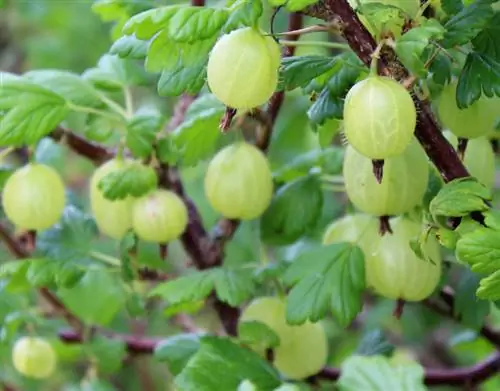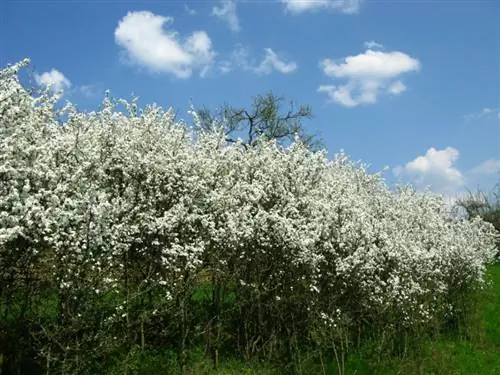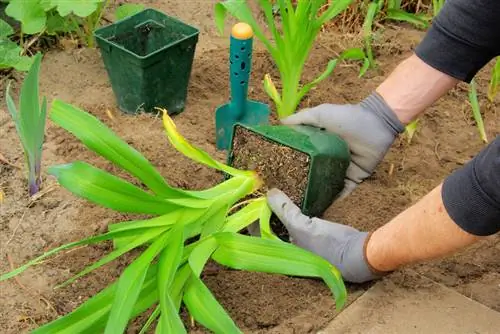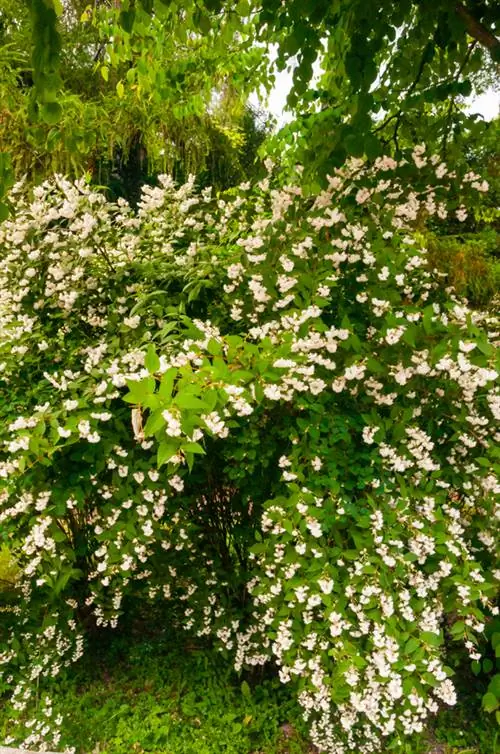- Author admin [email protected].
- Public 2023-12-16 16:46.
- Last modified 2025-01-23 11:20.
The ball garlic, also known as ornamental garlic, originally comes from Small and Central Asia. It impresses with its ball-shaped flowers and is considered undemanding. But that's only assuming it was planted correctly
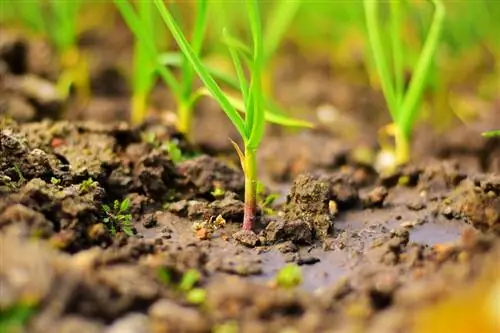
How do you plant and propagate ball garlic correctly?
To plant ball garlic successfully, plant the bulbs 10 to 15 cm deep in sunny, water-draining, nutrient-rich and humus-rich soil in autumn. You can propagate the plant via breeding bulbs or sowing in late winter.
Which location does bulb garlic prefer?
Whether in the bed, on the side of the path, in the rock garden or in a pot - the ball onion prefers a sunny location. It can also be left exposed to the blazing sun. Ideally, he should have at least 3 hours of sun per day. Shady locations are less suitable for it. He shows himself willing to compromise in the partial shade.
When is the perfect planting time and how do you plant the bulbs?
You should plant your bulbous garlic in the fall between September and November! The plant then has enough time until spring to develop roots and shoot tips. Place the bulbs in the soil with the tips facing up. Make sure you only plant plump and firm bulbs! They should be planted 10 to 15 cm deep in soil.
What demands does the plant have on the soil?
The requirements for the floor are generally easy to meet. The top priority is that the bulbous leek finds a water-permeable soil. A sandy-loamy to gravelly-loamy substrate is therefore well suited. The following aspects are also advantageous:
- nutrient-rich
- humos
- easy
- dry to moderately moist
How can bulb leeks be propagated?
The ball garlic can be easily propagated. A tried and tested and popular method is propagation via bulbs. Place them in the ground at a distance of 15 cm! Sowing is also possible. The seeds should be sown in late winter.
Next to which other garden plants does the bulb onion look good?
During its flowering period, the bulbous garlic loses so much strength that its leaves turn yellow. It is therefore 'natural' to plant it together with perennials that cover its unsightly leaves. For example, the following are suitable:
- woman's coat
- Storksbill
- Columbine
- Ornamental grasses
- Coneflower
- Flower roses
Tip
It is best to mark the planting site with a wooden stick or something similar! Then you don't accidentally pick on the bulb or the shoot of the bulbous onion in the spring.

